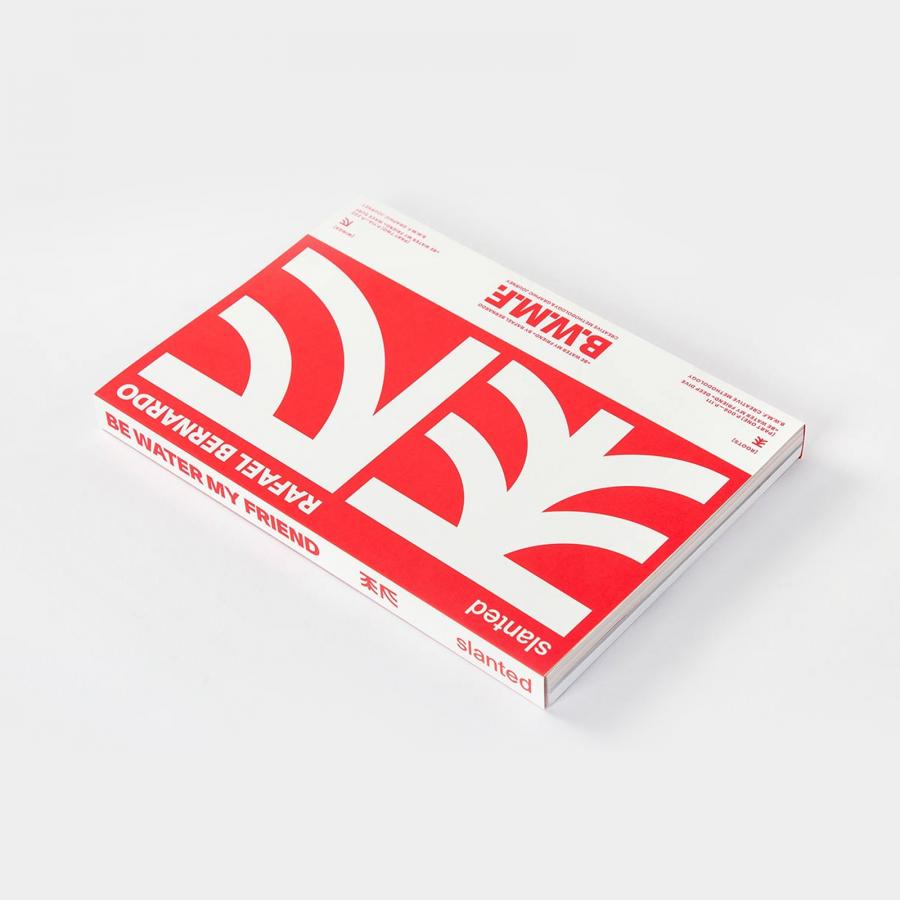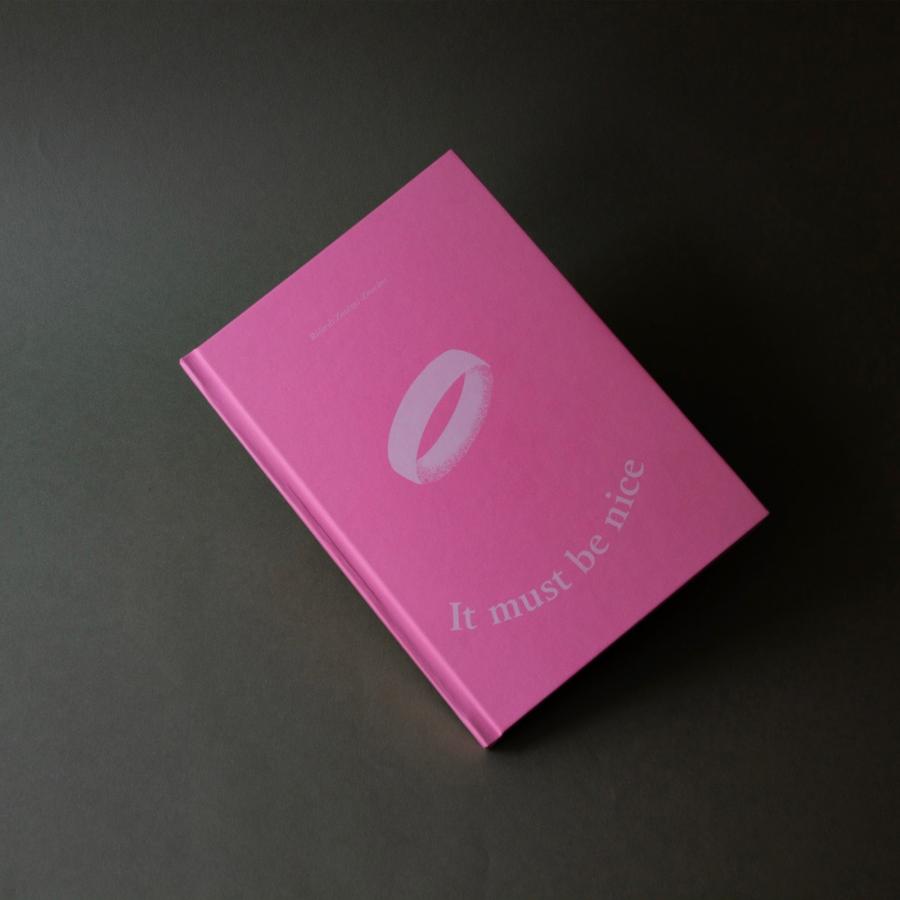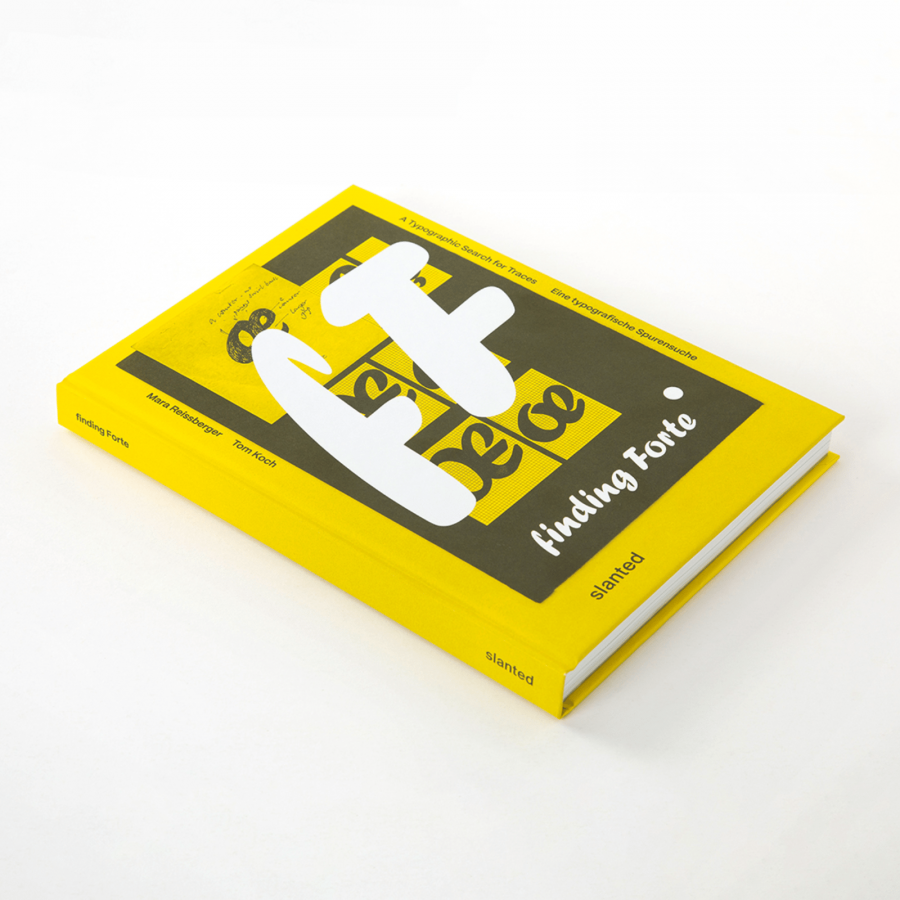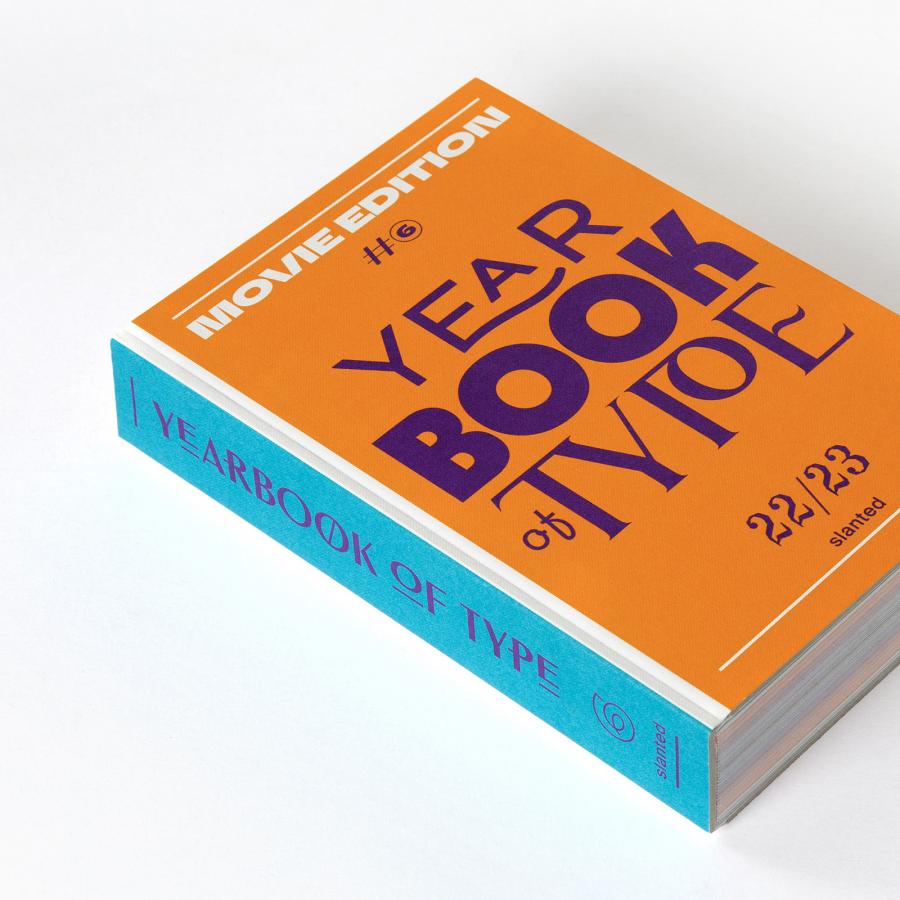by abduzeedo
This publication aims at bridging an important shortcoming regarding one of the most popular, but also one of the most overlooked products in design studies, i.e. manhole covers. These artifacts constitute a unique case in industrial manufacturing, in that they constitute a timeless product, an untouched ‘sine die’, for they have never undergone any substantial innovation or functional evolution. All that is expected from them is that they merely provide a cast iron cover so as to prevent the risk of slipping or damage when traveling on roads. On the other hand, they do present a certain degree of variation in terms of their embossed graphics and contour patterns.
While their apparent timelessness enables manhole covers to symbolize some of the principles of the future ecological transition, as they are built to comply with a very long service life, they can also be recycled an unlimited number of times, thereby saving energy, and reducing the use of raw materials.
One of the fathers of modern design historiography, Sigfried Giedion, stated in his introduction to ‘Mechanization takes command: a contribution to anonymous history’ that “The sun is mirrored even in a coffee spoon”. Therefore, also the object of our focus will feature traces of treat technological breakthroughs in urban areas.
The earliest documented specimens of cast-iron manholes in London, the capital of the industrial revolution, were used to access domestic coal warehouses from the street during the early 19th century, whereas in recent years, fibre-optic cable networks have an indelible trace in our manholes, thus reflecting every technological development in urban infrastructure. Besides the contour patterns and shapes, manholes carry stories of firms, service systems, not to mention specific historical periods, such as Fascism. Indeed, cast covers embossed with the iconic Fasces have survived, unchanged, all the way to blend into the contemporary urban scene.
The text is divided into two parts.
The first part aims to explore the role of manhole covers as part of the dynamics of urban transformations in the wake of the industrial revolution. Moreover, from a communication design standpoint, they will be treated as part of one of the most widespread and enduring productions of graphic symbols on an urban scale.
The second part provides a graphic reproduction and photographic documentation of manholes and covers from each region in Italy. This work results from a research project that lasted about four years, based on a photographic documentation of about 500 pieces collected across all Italian regions.
Subsequently, there is a ‘numismatic’ catalog of 248 pieces that have been painstakingly redesigned. This constitutes an unprecedented collection of graphic signs and trademarks, which have been classified under what can be identified as some of the most important graphic families.
Furthermore, the book features an in-depth iconographic overview, based on archive research primarily carried out at research centers such as the Museo Italiano della Ghisa (Italian Museum of Cast Iron) - Neri Foundation Archive and the Pirelli Foundation. Thanks to this work, some of the earliest steel company catalogs with examples of manholes, manhole covers and cast-iron grates as well as communication and advertising materials were collected.
Another important contribution to the cultural contextualization of manhole covers is provided by a number of important photographers and photojournalists, such as Dora Maar, Lee Lockwood, Louis Stettner and Thurston Hopkins, who used this object to interpret contemporary modernity in metropolitan areas during the 20th century. Additionally, the volume features quotations and references in architecture, film and art.
The introduction to the text is given by Giulio Iacchetti and Matteo Ragni, two of Italy’s most important designers, who were awarded the 2014 Compasso d’Oro for their work on a series of cast-iron manhole covers manufactured by the Italian company Montini.
Tombini d’Italia. Dal progetto grafico al design del prodotto. Alfonso Morone. LetteraVentidue, Siracusa, 2022
Credits
- Introduction by Giulio Iacchetti and Matteo Ragni.
- Layout and graphic design by Marco Sorrentino
- Photographic research by Enzo Papa.







